Since these are made up of satin stitches the needle moves from right to left to form the pattern. If there is a high contrast between the thread color and the fabric itself you may notice a bit of fabric showing through the space between the stitches. While it's possible to shorten the stitch length you'll find that this also alters the size of the elongated shape. Today you'll learn mare about these stitches and learn a few tricks to get the look you want, maintain the size, and get a nice dense look on contrasting fabric.
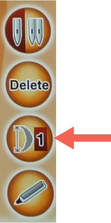
P.S. You can see a blue denim version of this jacket when you click here to watch a repeat of It's Sew Easy TV episode 1008-1. You'll see additional sewing and embroidery embellishment techniques!
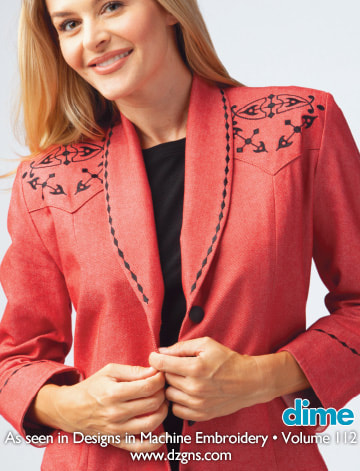
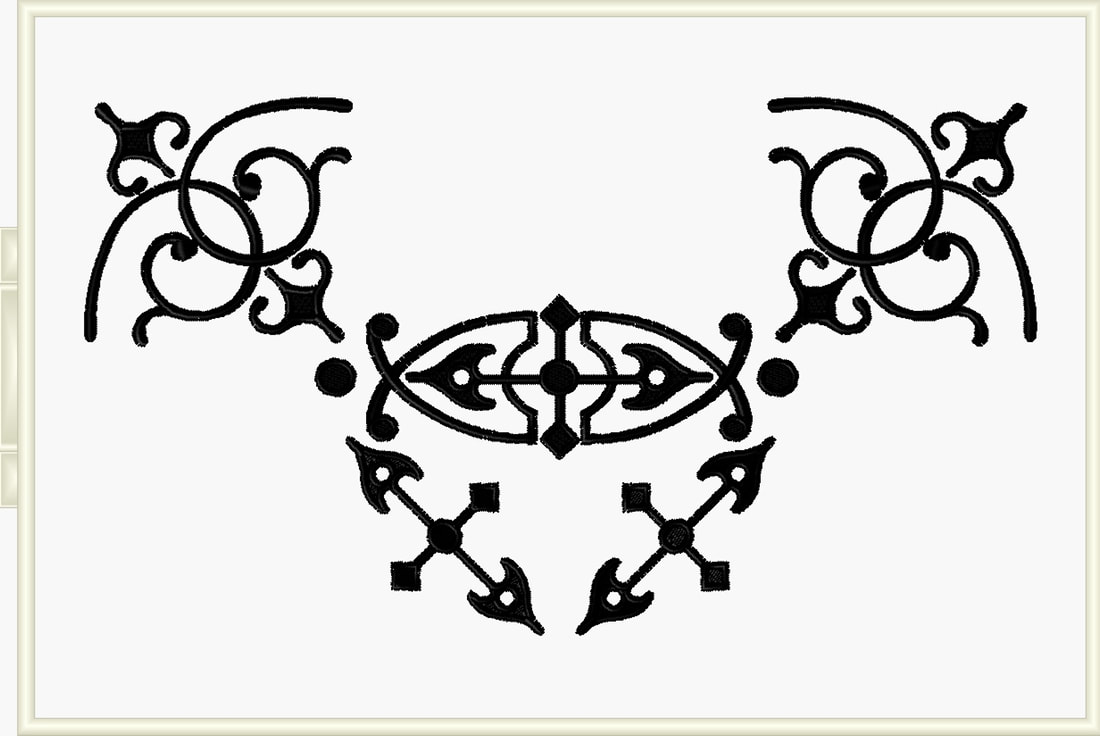
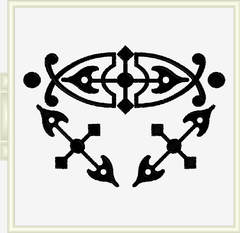
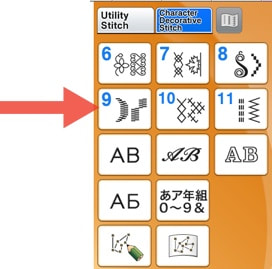
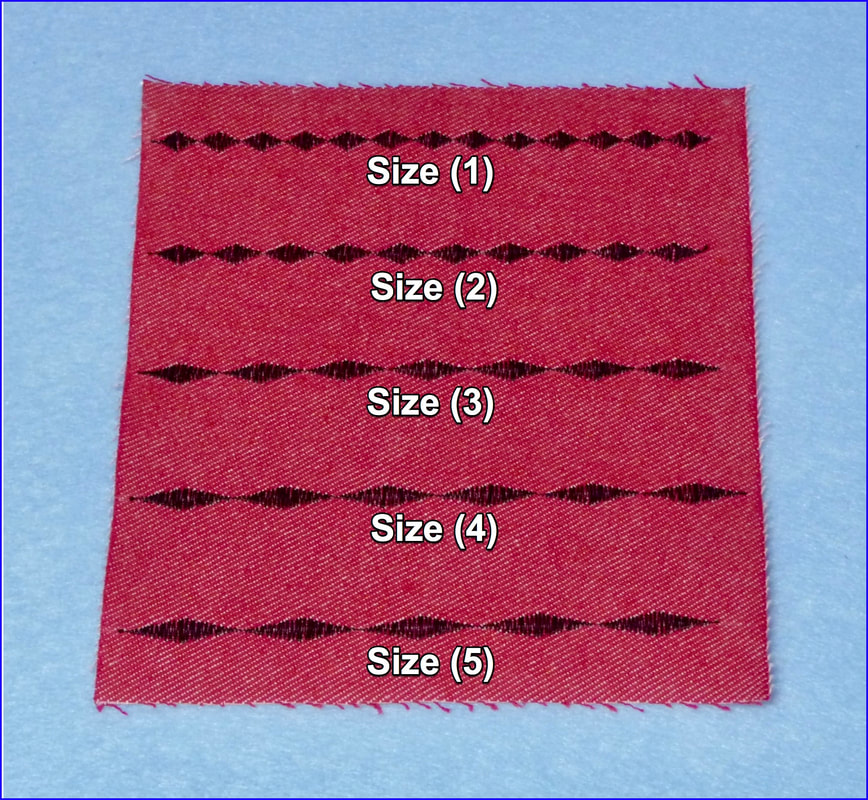
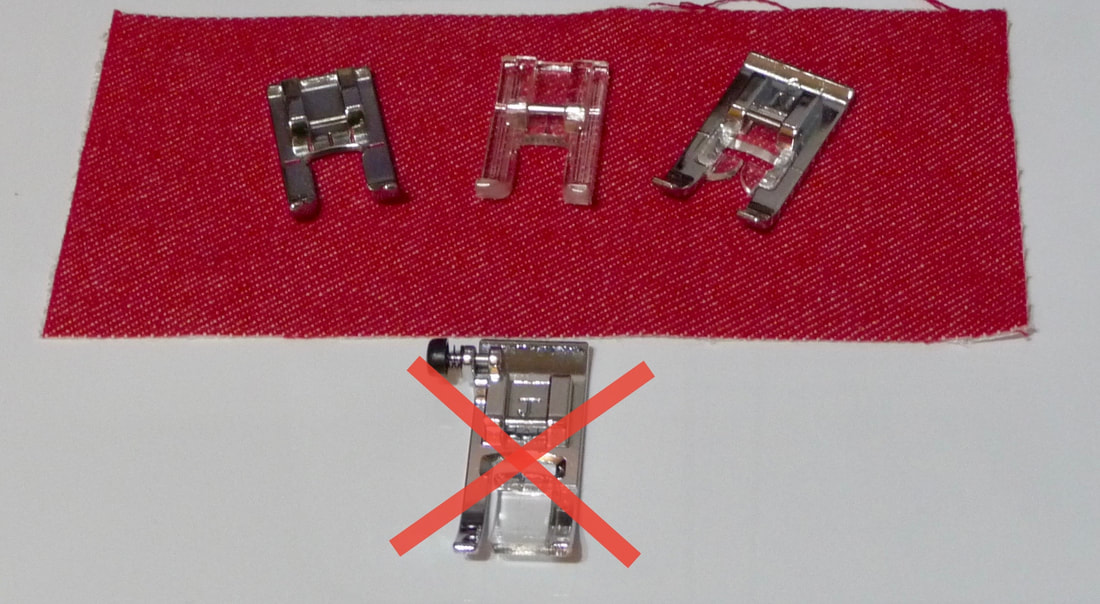
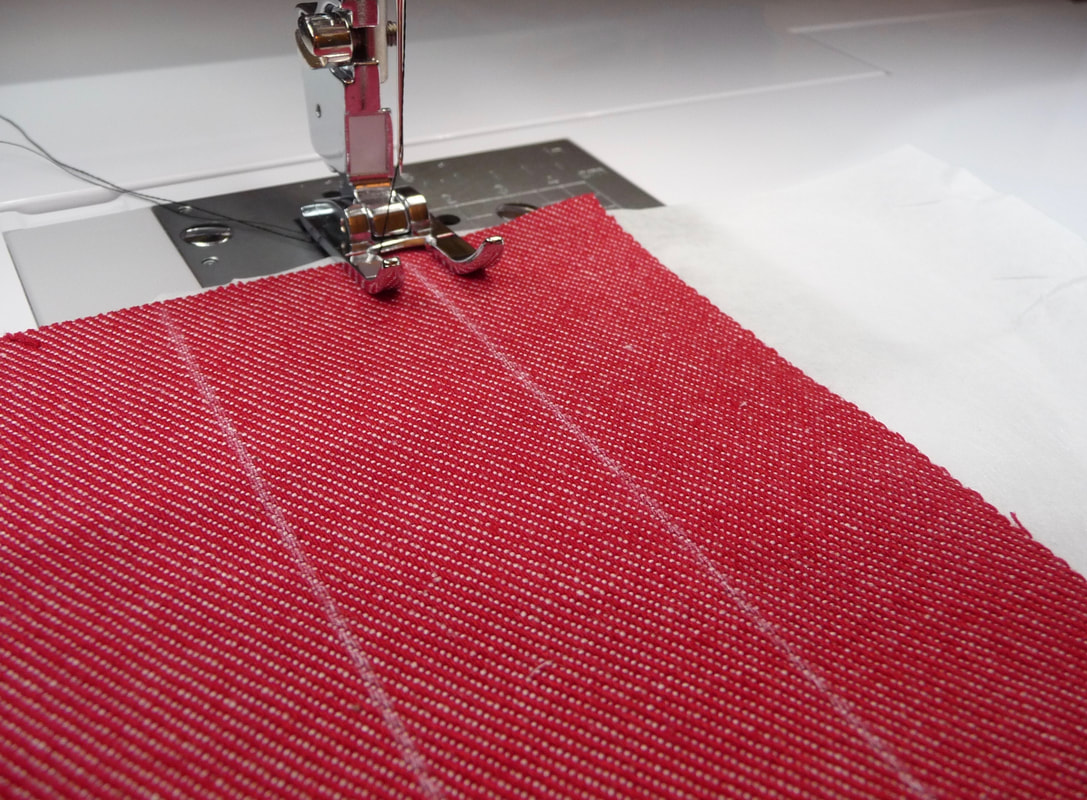
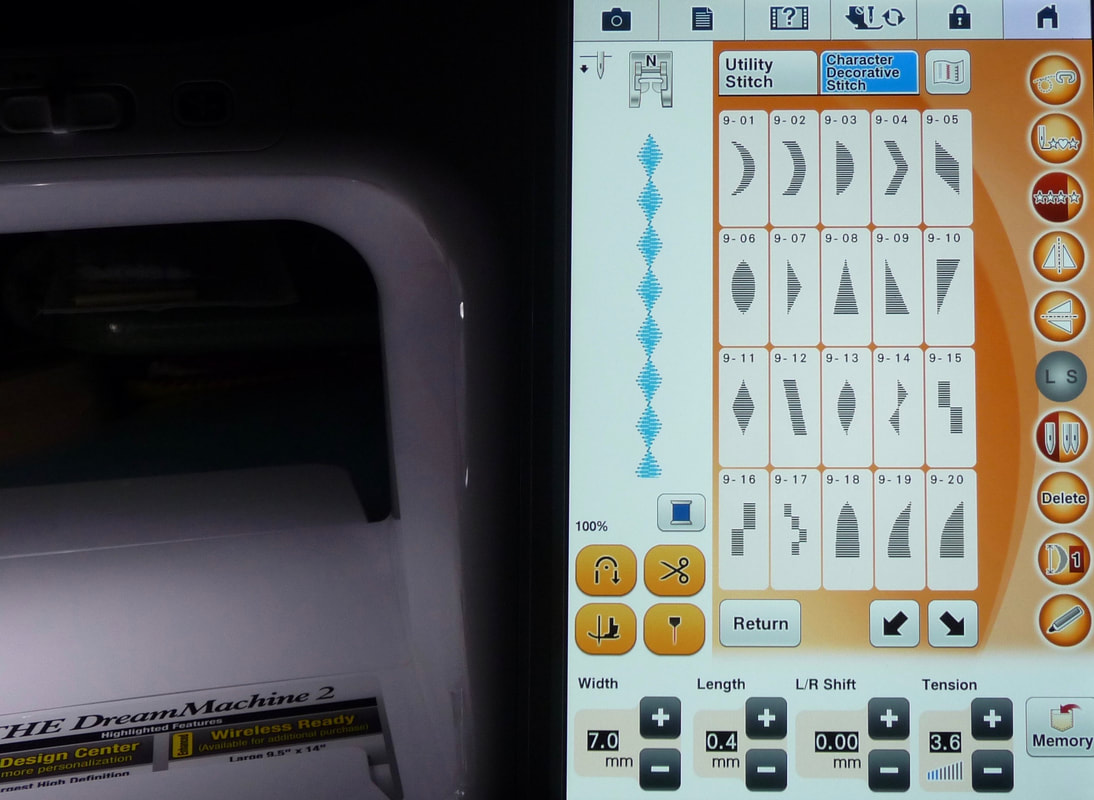
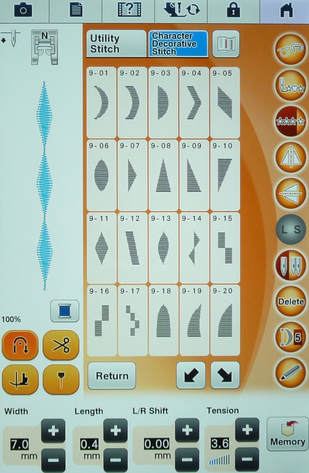
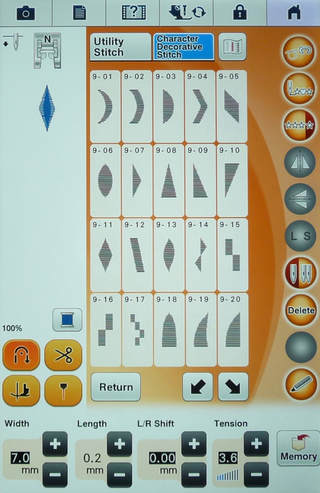


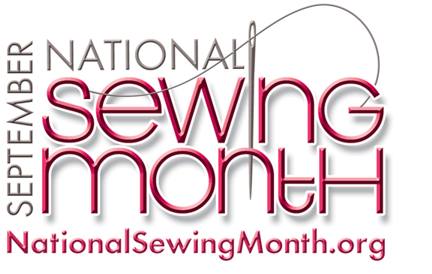
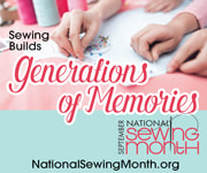
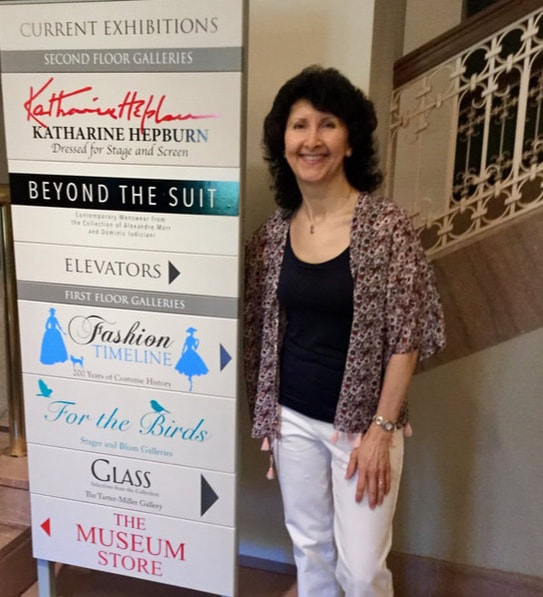
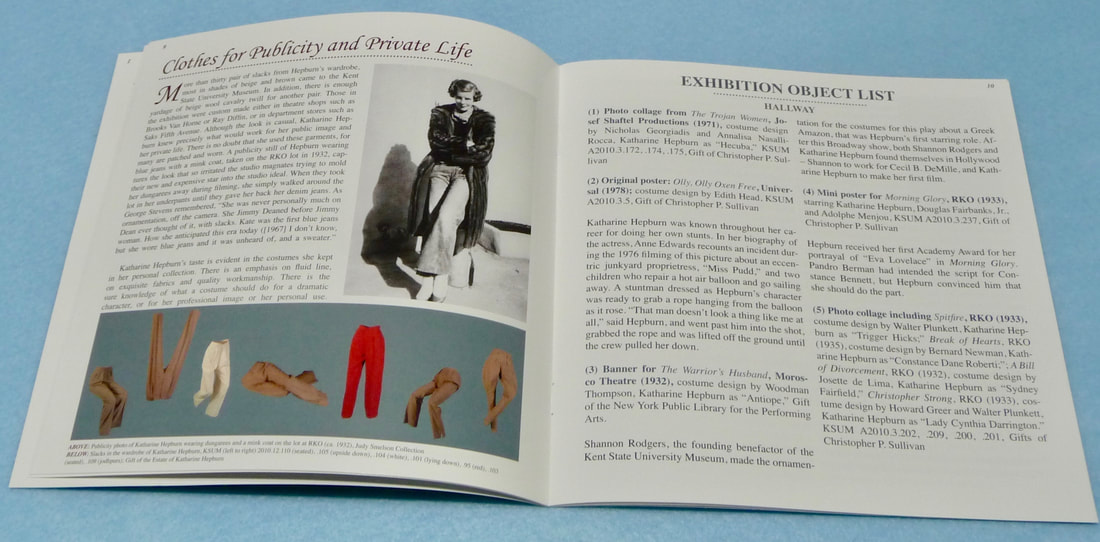
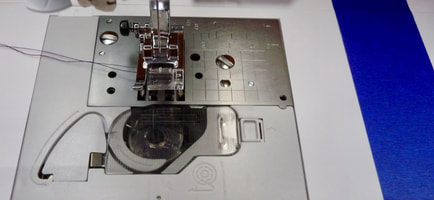
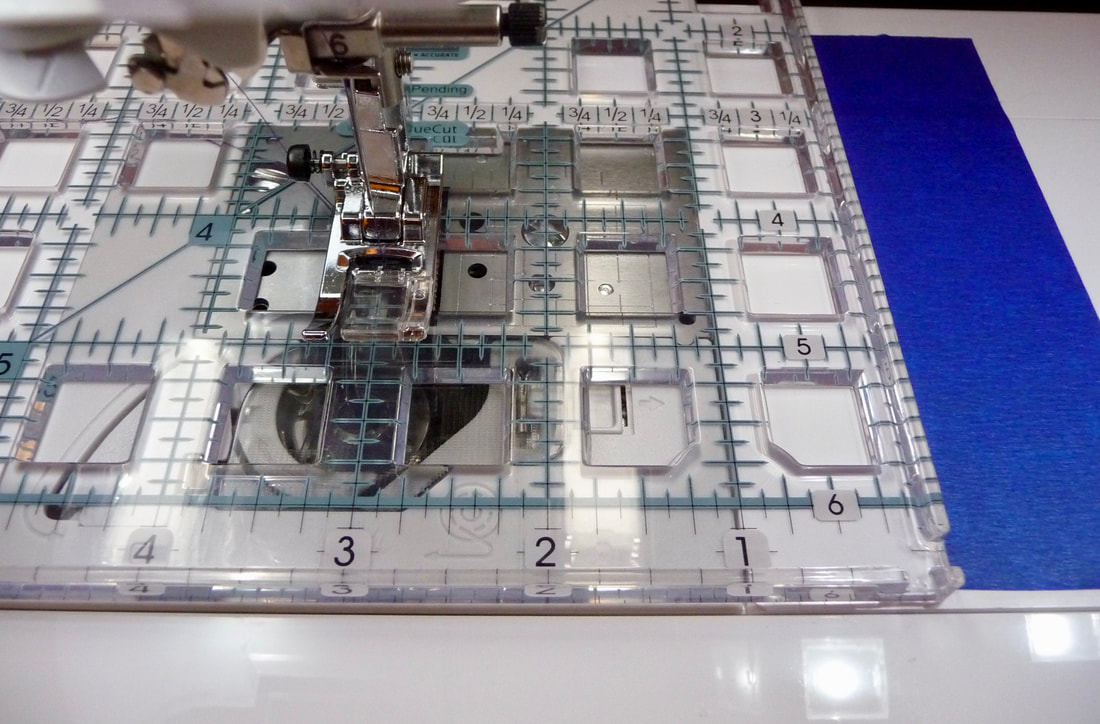
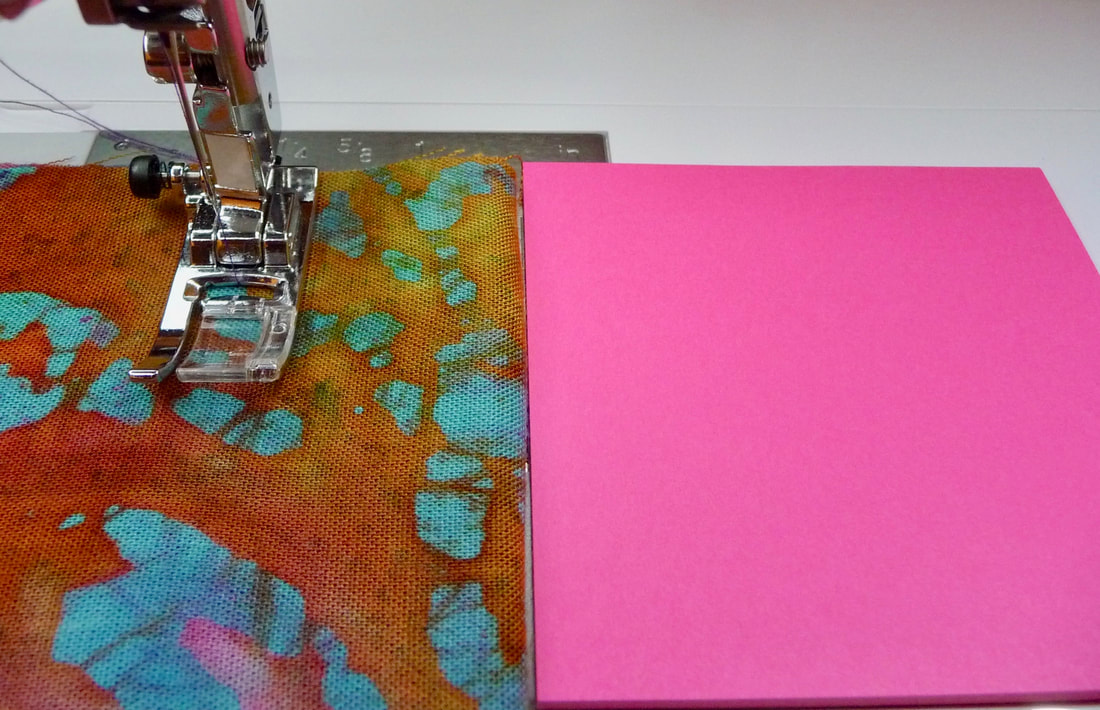
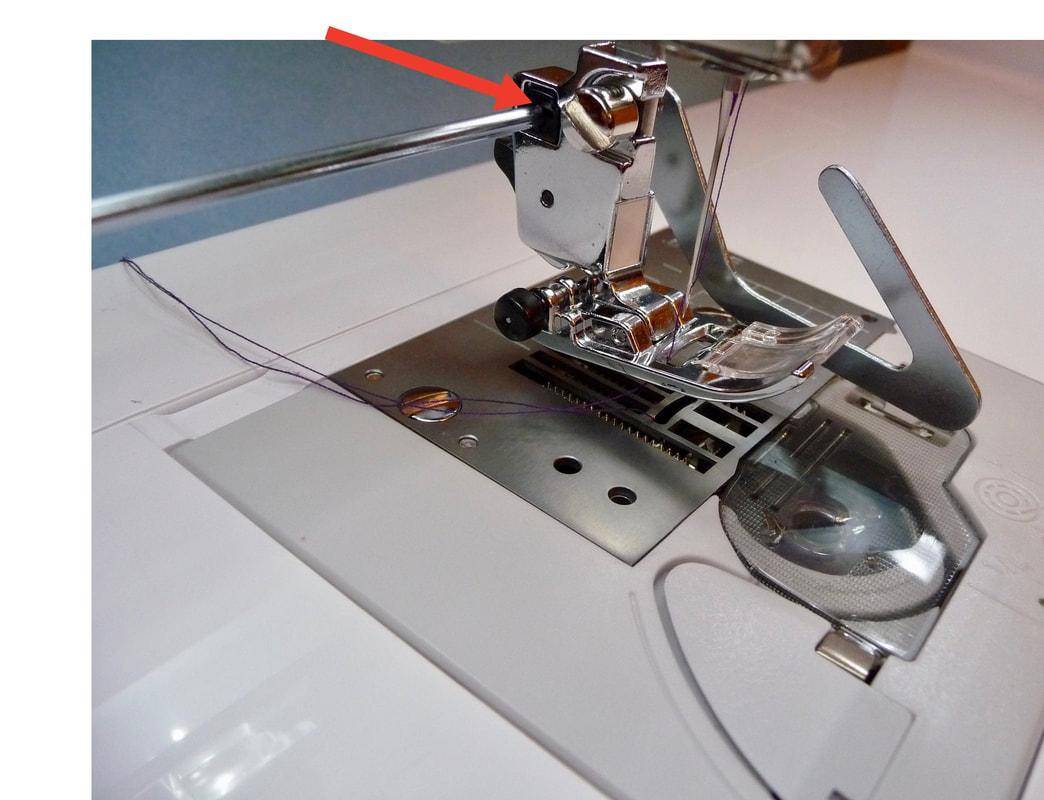
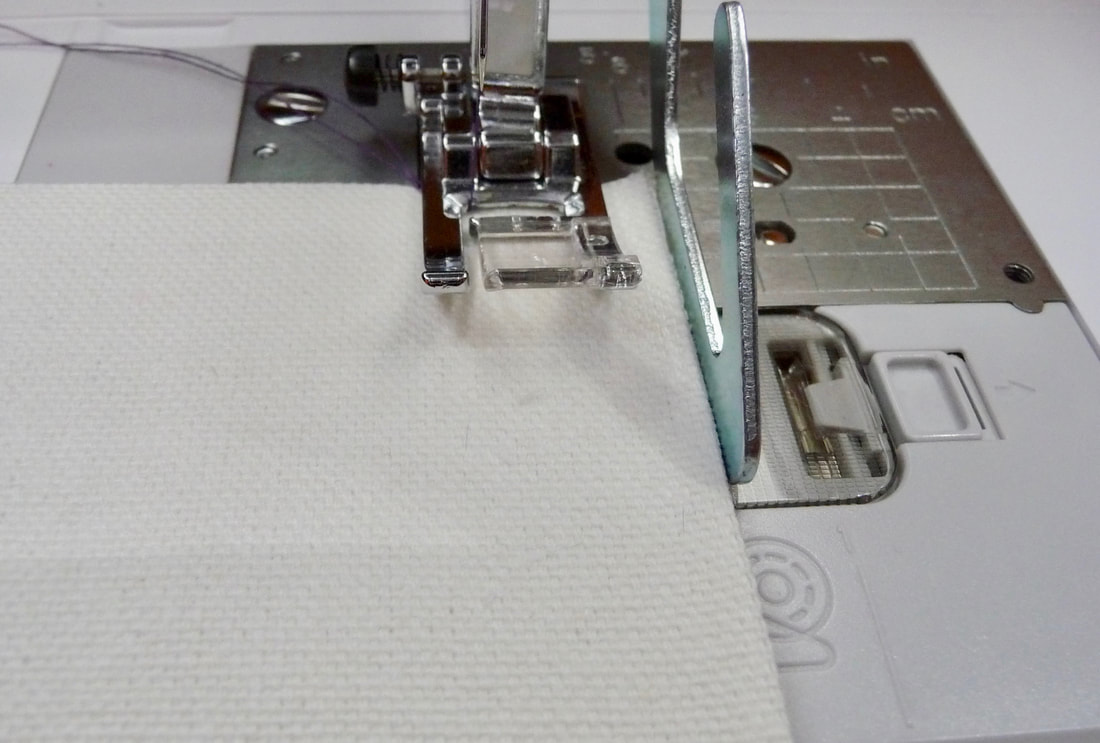
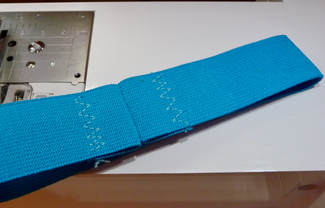
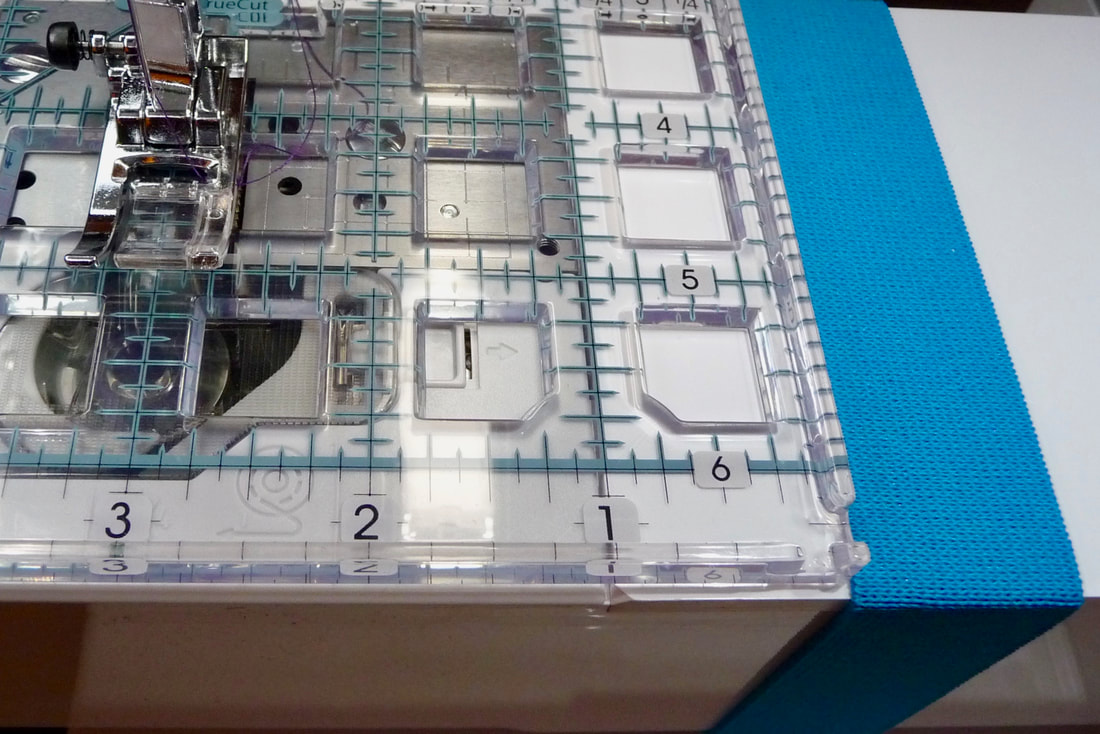
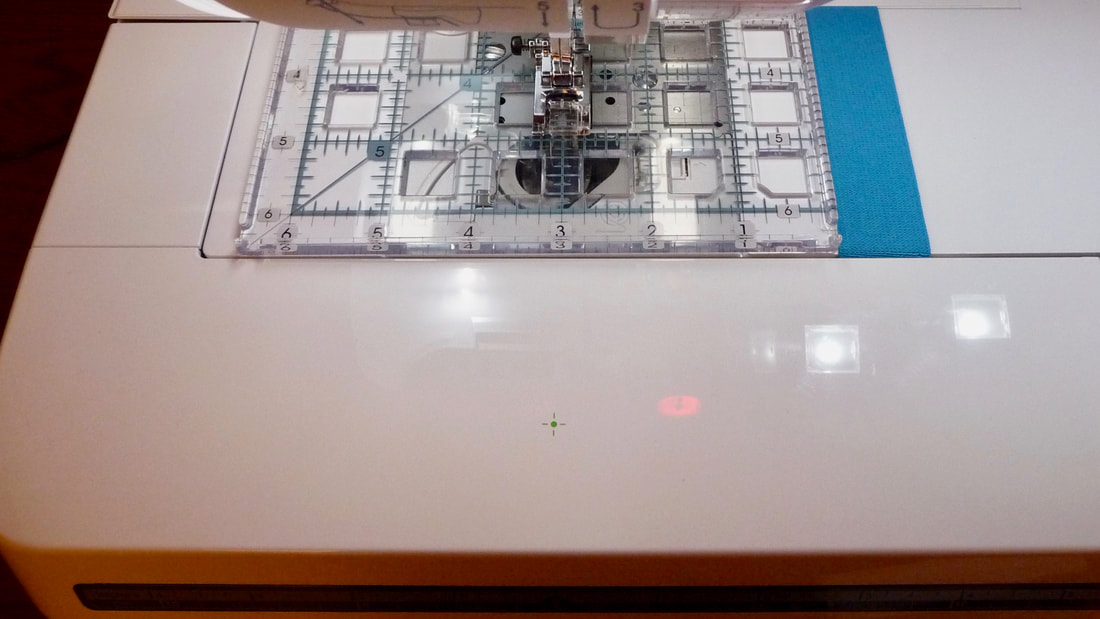
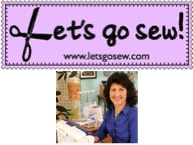
 RSS Feed
RSS Feed